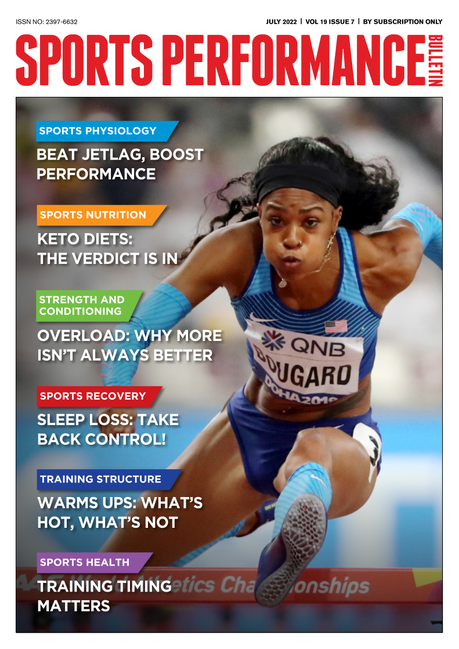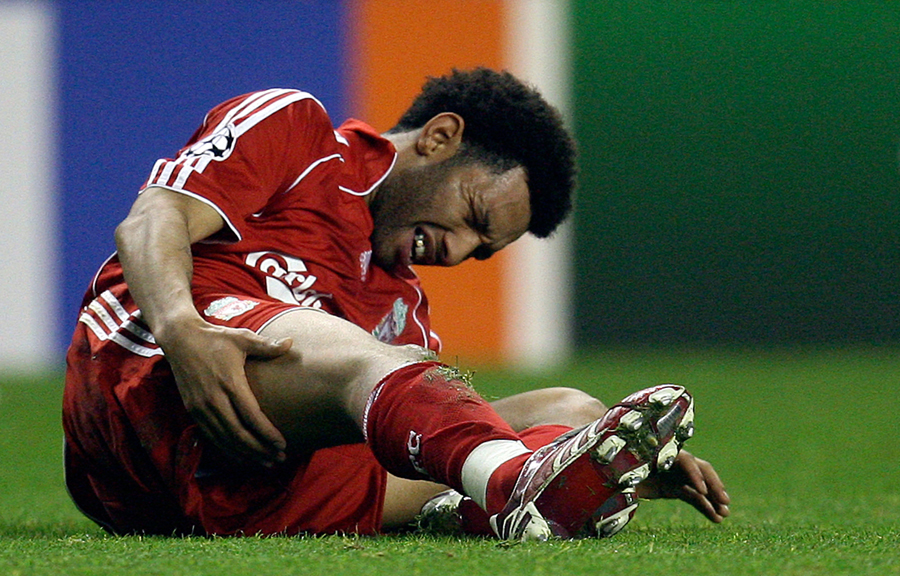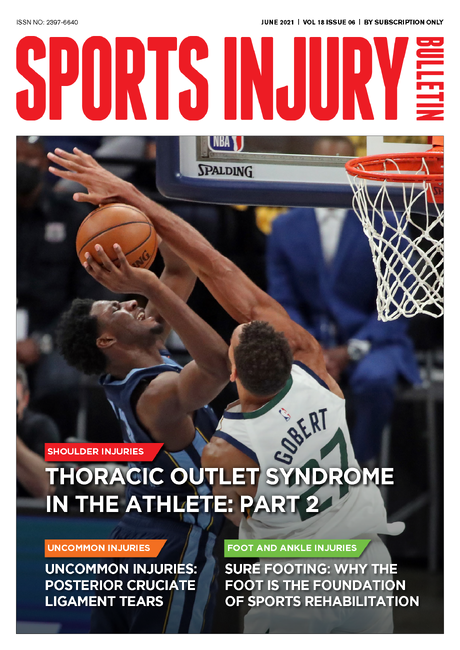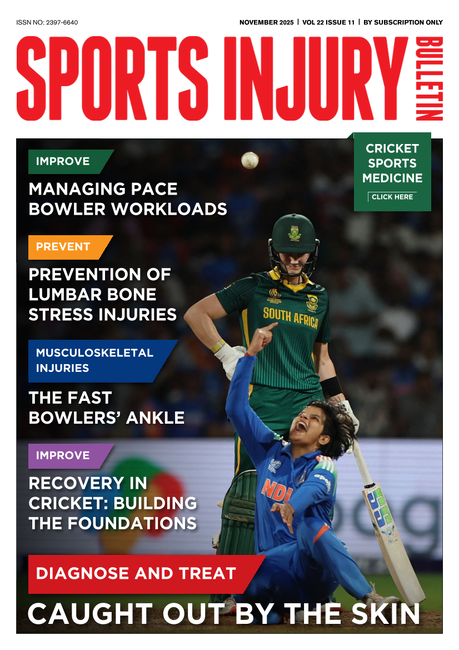Novice runners: can strength training reduce injury risk?

Everyone knows that running is good for cardiovascular health and weight management, but while some runners train to compete in race situations, the data shows that many more runners are recreational - running mainly for health and fun, often completing just a few kilometres per training session(1). However, despite the health benefits that running brings, there is a something of a fly in the running ointment – and that something is the risk of a running-related injury (RRI).
Although the risk of an RRI varies greatly according to the anthropometrics and biomechanics of any individual runner, numerous studies show that it is very significant. For example, in a 6-month study of 87 recreational runners, 79% of the runners suffered at least one lower limb injury during the observation period(2). In another study of 583 habitual recreational runners, researchers found that over the 12-month observation period, 252 men (52%) and 48 women (49%) reported at least one lower-limb injury that was severe enough to affect running habits, resulting in a visit to a health professional, or requiring the use of medication(3). Among the wider running population as a whole, research suggests that the risk of sustaining a lower-limb injury can be anything from one injury per 147 hours of training to as high as one injury per 17 hours of training(1)!
RRI risk for novices
Within the spectrum of recreational runners, novice runners (runners with less than six month’s running background) seem to be at particular risk of injury. But why is this? Once again, the risk for each novice runner is highly variable, but research suggests that taken as a whole, novice runners face particular challenges(4,5):
· Novice runners are often heavier (many start running to lose weight), which combined with relative leg muscle weaknesses and imbalances, excessive or insufficient flexibility in joints and muscles etc increases the risk of an RRI.
· Novices are much more likely to make errors in their training approach (eg an excessive training volume and/or load, insufficient recovery, a training load that increases too rapidly etc).
· Novices lack the prior training experience of running, and are therefore less ‘tuned in’ to their body (for example being aware of when to back off).
Another important reason for the increased risk of an RRI in novices is that the body’s structural elements, like bones and tendons, are MUCH slower to adapt to training loading than the body’s cardiovascular and circulatory system. Human tendons and connective tissues require many weeks to adapt to increased training loads while bone requires months to adapt (by becoming stronger and denser)(6). In other words while the aerobic fitness and endurance capacity of a would-be distance runner improves fairly rapidly in response to training, the athlete’s structural integrity lags well behind when it comes to adaptation.
Novice injury avoidance strategies
Given the risk of an RRI is elevated for novice runners, what steps can be taken to minimize injury? The most obvious place to start is to try to address the particular challenges that novice runners face (outlined above). Of these, the easiest place to start is to structure any training program properly, and in particular, to try and avoid the main training error that afflicts inexperienced runners – too rapid an increase in the any or all of the following: training volume, training intensity, incorporation of hill training, and the maximum duration of runs(7-9).
Are there any practical strategies that could help compensate for the slower training adaptations in ligaments, bone and tendons, and which lag behind the cardiovascular and muscular adaptations? One such possibility might the incorporation of some strength training into a novice program. In more experienced runners, adding some lower-body strength training is known to enhance running efficiency and performance(10-13). But could some novice strength training help prevent injury?
Strength training and injury risk
In team sports such as soccer, rugby, basketball etc, the incorporation of strength training has been shown to reduce injury incidence(14). In runners however, the evidence for strength training reducing injury risk is far less clear cut. For example, in one study, a group of experienced runners who performed additional strength training for eight weeks (with an emphasis on foot-strengthening work) experienced a 2.4-fold reduction in RRIs(15). By contrast, the addition of a 12-week strength program during a period of marathon training produced no injury-reduction benefits whatsoever(16).
The uncertainty as to whether strength training can reduce injury risk in novice runners is compounded by the fact that none of the research to date has specifically looked at novice runners, and also because in the studies that have been carried out, the strength training has generally been prescribed in addition to (rather than replacing part of) an existing running program. For novice runners who are trying to build structural integrity, reducing the volume of running training and replacing it with some strength work might be worthwhile; simply adding it on top of a running program is likely to be too much!
You need to be logged in to continue reading.
Please register for limited access or take a 30-day risk-free trial of Sports Performance Bulletin to experience the full benefits of a subscription.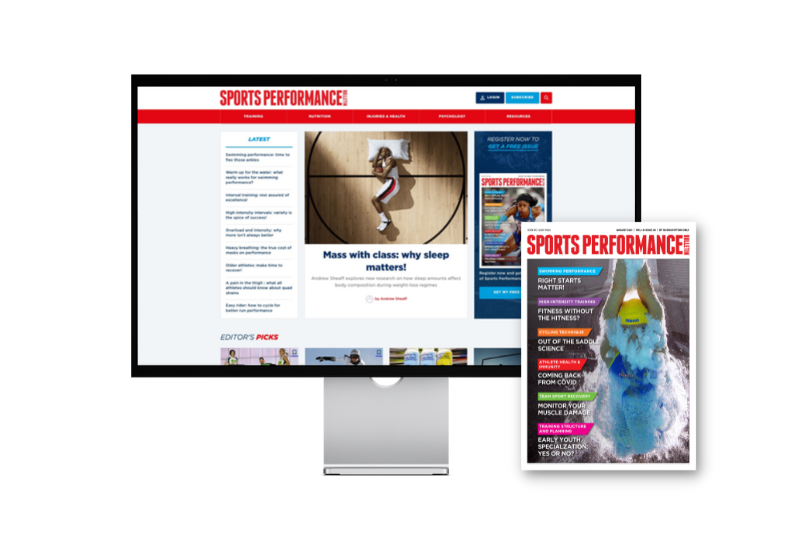 TAKE A RISK-FREE TRIAL
TAKE A RISK-FREE TRIAL
Newsletter Sign Up
Testimonials
Dr. Alexandra Fandetti-Robin, Back & Body Chiropractic
Elspeth Cowell MSCh DpodM SRCh HCPC reg
William Hunter, Nuffield Health
Newsletter Sign Up
Coaches Testimonials
Dr. Alexandra Fandetti-Robin, Back & Body Chiropractic
Elspeth Cowell MSCh DpodM SRCh HCPC reg
William Hunter, Nuffield Health
Keep up with latest sports science research and apply it to maximize performance
Today you have the chance to join a group of athletes, and sports coaches/trainers who all have something special in common...
They use the latest research to improve performance for themselves and their clients - both athletes and sports teams - with help from global specialists in the fields of sports science, sports medicine and sports psychology.
They do this by reading Sports Performance Bulletin, an easy-to-digest but serious-minded journal dedicated to high performance sports. SPB offers a wealth of information and insight into the latest research, in an easily-accessible and understood format, along with a wealth of practical recommendations.
*includes 3 coaching manuals
Get Inspired
All the latest techniques and approaches
Sports Performance Bulletin helps dedicated endurance athletes improve their performance. Sense-checking the latest sports science research, and sourcing evidence and case studies to support findings, Sports Performance Bulletin turns proven insights into easily digestible practical advice. Supporting athletes, coaches and professionals who wish to ensure their guidance and programmes are kept right up to date and based on credible science.

